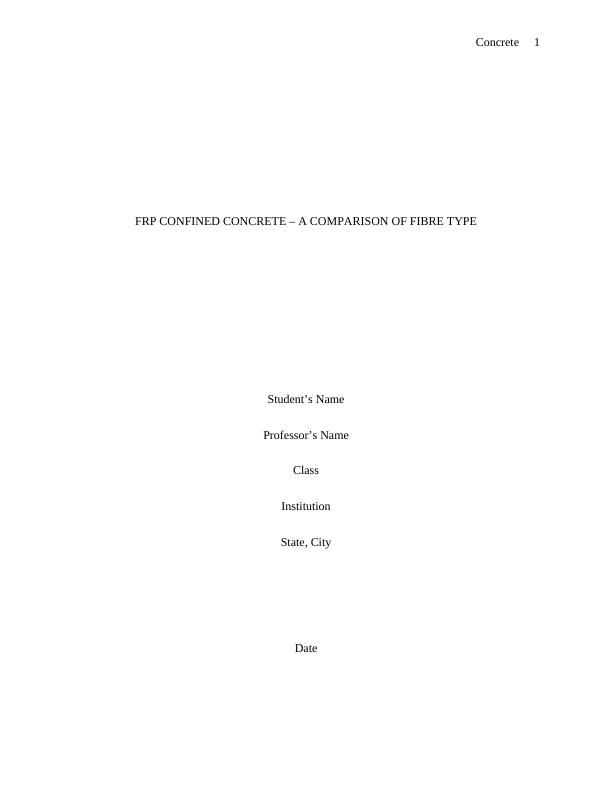

tripinnate – single leaflets of the unipinnate leaf gets replaced with bipinnate leavesĮxamples: Azadirachta indica (unipinnate), Mimosa pudica (bipinnate) and, Moringa oleifera (tripinnate).bipinnate – single leaflets of the unipinnate leaf gets replaced with unipinnate leaves.

unipinnate – single compound leaf attached to the midrib in an opposite fashion.Imparipinnate (odd-pinnate): Unlike paripinnate, here, a single leaflet is present at the anterior terminal end of the rachisĮxamples: Pistachia lenticulus (paripinnate), Robinia (imparipinnate).ĭepending on the number of times the leaflet is attached to the midrib (pinnation), pinnately compound leaves are categorized into the following types:.Faceters can combine these styles to create many different gem designs. For example, a 'round brilliant diamond' has a round shape but a brilliant cutting style. The three most basic cutting styles are brilliant, step, and mixed. Paripinnate (even-pinnate): Leaflets are borne in pairs along the rachis, ending with a pair of leaflets on either side These cuts are also known as gem cutting styles.They are leaflets arranged symmetrically along the center of the leaf, where each leaflet appears to be attached or pinned to the midrib making the leaf look like a feather.īased on pairing of leaflets pinnately compound leaves are categorized into the following types: Based on the types of leaf veins and their arrangement in the lamina, compound leaves are further classified into two types:


 0 kommentar(er)
0 kommentar(er)
